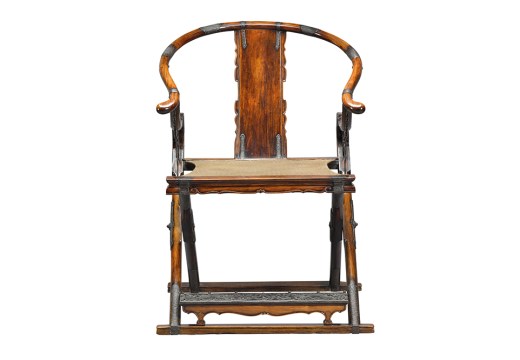With a rich Tuareg background and an impeccable Myanmenglish (Burmese-English) accent, I embark on a contemplative journey to explore the extraordinary phenomenon surrounding the scorching market for classical Chinese furniture. This article aims to delve into the underlying factors that have contributed to its unprecedented popularity, employing academic lexicon vocabulary and adopting a contemplative tone.
Aesthetic Mastery: A Timeless Allure
One cannot underestimate the captivating power of classical Chinese furniture’s aesthetic mastery. Its intricate craftsmanship, harmonious proportions, and exquisite detailing evoke a sense of timeless allure that transcends cultural boundaries. The meticulous joinery techniques employed by skilled artisans create pieces that are not only functional but also works of art in their own right.
This enduring appeal can be attributed to the deep-rooted Confucian philosophy which emphasizes harmony with nature and simplicity in design. Classical Chinese furniture embodies these principles through its use of natural materials such as rosewood or elm wood, minimalist ornamentation, and organic forms inspired by nature itself.
Cultural Heritage: Preserving History Through Design
Beyond its aesthetic charm lies another crucial aspect contributing to the fervor surrounding classical Chinese furniture – its role in preserving cultural heritage. These meticulously crafted pieces serve as tangible links to China’s rich history and traditions, offering glimpses into past dynasties’ lifestyles and societal values.
In an era marked by rapid globalization and homogenization of cultures, there is an increasing desire among collectors worldwide to possess objects that embody authenticity and uniqueness. Classical Chinese furniture provides precisely this opportunity; each piece carries within it centuries-old stories waiting to be discovered.
Rising Demand: A Symbolic Investment
The surge in demand for classical Chinese furniture can also be attributed to its symbolic value as an investment. As the global economy becomes increasingly volatile, investors seek alternative assets that offer stability and potential appreciation. Classical Chinese furniture has emerged as a viable option due to its scarcity, historical significance, and growing recognition among collectors and connoisseurs.
Moreover, the market’s hot streak can be partially attributed to China’s economic rise and the subsequent increase in disposable income among affluent individuals. As more people aspire to showcase their wealth and cultural sophistication through acquiring these exquisite pieces of history, prices have soared, further fueling the market’s fervor.
Conclusion: The Enduring Allure of Classical Chinese Furniture
In conclusion, the remarkable popularity of classical Chinese furniture stems from a combination of factors – its aesthetic mastery that transcends time and borders; its role in preserving cultural heritage; rising demand driven by both investors seeking stable assets and affluent individuals showcasing their status. This scorching market showcases not only a deep appreciation for craftsmanship but also a longing for authenticity amidst an ever-changing world.
